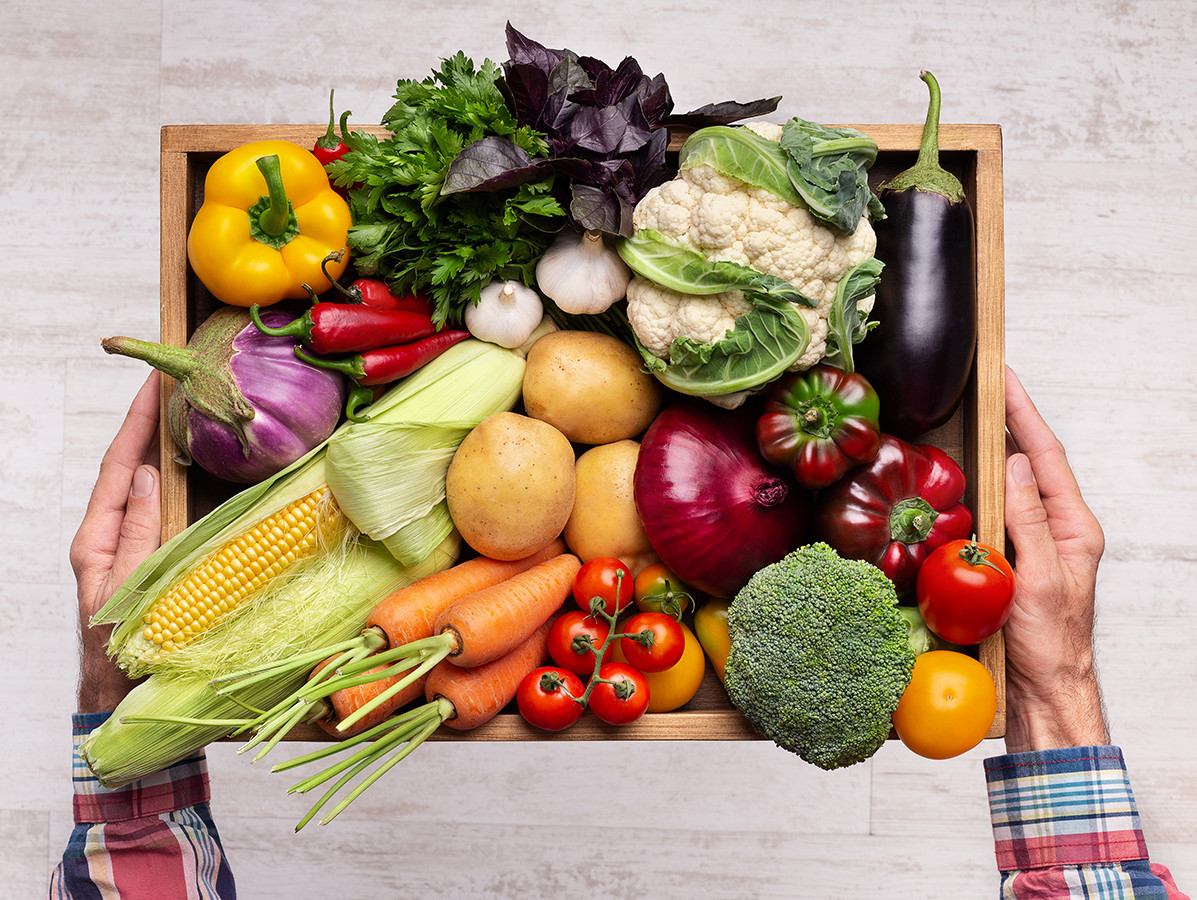
In recent months there have been many (possible) threats and uncertainties for the Dutch agribusiness. But what is the actual impact of the corona crisis on this sector? Researchers from Wageningen Economic Research have been involved in analysing the consequences from the start of the crisis. They share their findings in the report 'The impact of the corona crisis on the Dutch agrocomplex'.
Looking back at the first six months of the corona crisis, the impact on the Dutch agricultural sectors during this period seems to be relatively less than feared at the beginning. This is largely due to the short duration of the first lockdown period, but also to the establishment of green lanes in the EU that allowed trade to continue. The biggest problems are in the areas of labor, sales and price development.
From the beginning of the lockdown there was concern about the availability of (seasonal) labor. In the end, the use of labor has not become a very big problem, partly thanks to initiatives in the sector to recruit young people, for example. However, especially slaughterhouses in the beginning of the corona crisis were hampered by personnel limitations due to a combination of sick employees, the need to keep a distance from the slaughter belt, and foreign personnel who were less easily available.
The Dutch agricultural sector is strongly interwoven internationally. As a result of the measures taken, the finely meshed and efficiently organized value chains are temporarily or permanently disrupted. This concerns, for example, sales of products outside the EU. This international interwovenness can also be a major bottleneck in the event of a subsequent outbreak. Domestic sales have also been hit hard as a result of the corona measures.
In connection with sales, prices for many products are (still) under pressure, but not for all. Eggs and vegetables, for example, have better prices thanks to increased sales. Prices for various types of fish are also back to the level of corona and the price of butter is picking up again. Other factors may also play a role in these price developments, such as seasonal fluctuations in prices due to temporary (international) shortages and surpluses.
The analysis shows at the beginning of the second wave that the impact of the crisis will be greater if lockdowns are stricter, last longer and occur more frequently in subsequent phases. Such as the lockdown from 14 December 2020 to 19 January 2021.
Click here for the full report ‘De impact van de coronacrisis op het Nederlandse agrocomplex’(Dutch only)
Source: Wageningen Economic Research